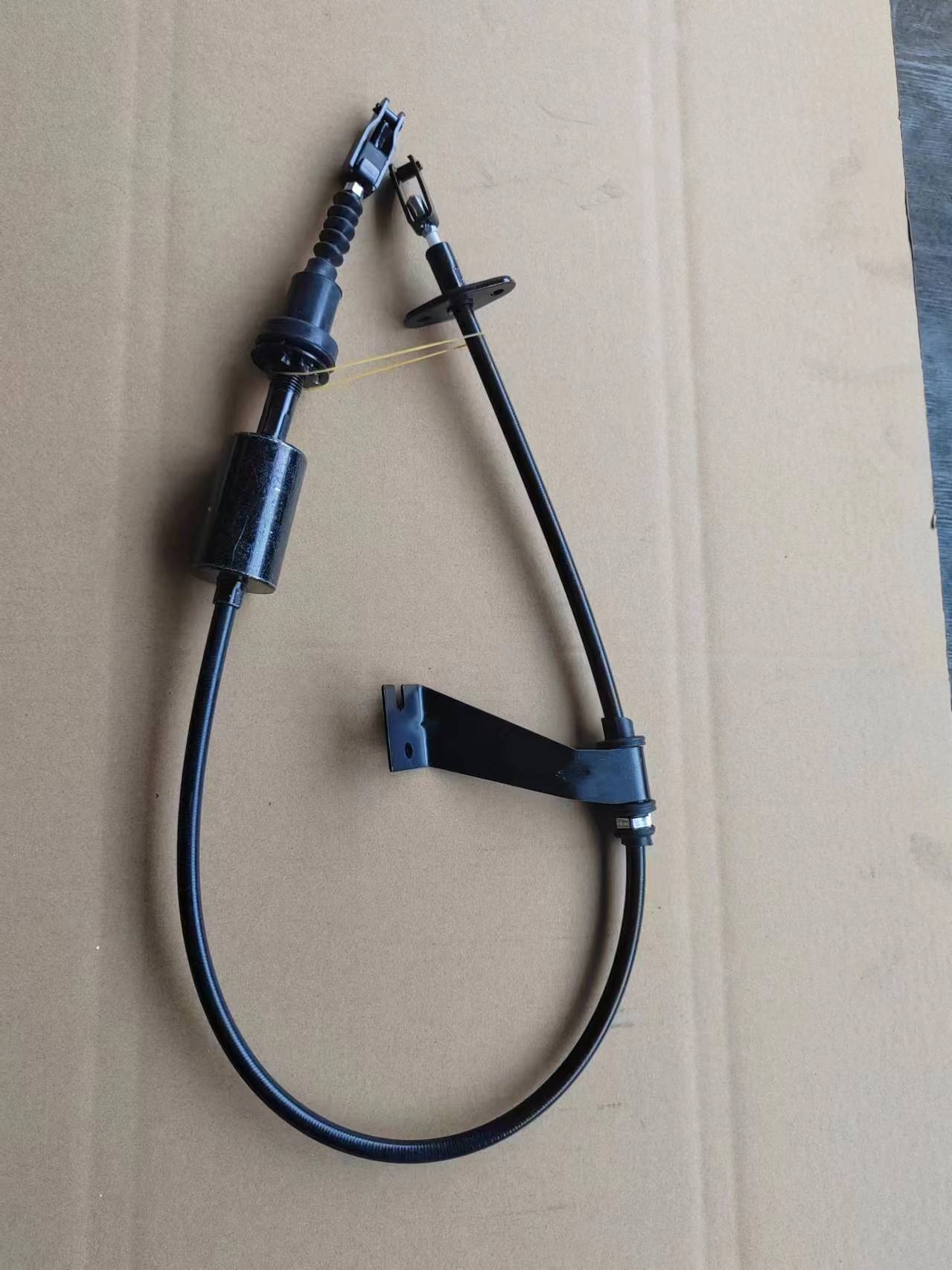handbrake cables made
Understanding Handbrake Cables Function, Types, and Maintenance
Handbrake cables play a crucial role in the safety and functionality of vehicles. They are essential components that ensure the handbrake operates effectively, allowing drivers to secure their vehicles when parked. Understanding what handbrake cables are, their types, and how to maintain them can provide valuable insight for vehicle owners and enthusiasts alike.
What Are Handbrake Cables?
Handbrake cables, sometimes referred to as parking brake cables, are mechanical components that connect the handbrake lever to the brake mechanisms on the rear wheels of a vehicle. When a driver pulls the handbrake lever, the cable pulls on the brake shoes or calipers, applying the brakes to prevent the vehicle from rolling. The effectiveness of the handbrake is largely dependent on the condition and proper function of these cables.
Types of Handbrake Cables
Handbrake cables come in various types, typically categorized based on their design and application. The two primary types are
1. Single Cable Systems These systems utilize one cable to connect the handbrake lever to both rear brake assemblies. This type is common in smaller vehicles and offers a straightforward design that is easier to install and maintain.
2. Dual Cable Systems In contrast, dual cable systems use two separate cables that run to each rear brake assembly. This design provides more balanced braking force and is often found in larger or more complex vehicles. It allows for finer adjustments and can improve the effectiveness of the handbrake.
Different types of vehicles may require specific handbrake cables, making it essential for vehicle owners to obtain cables that are compatible with their make and model
.Common Issues and Signs of Wear
handbrake cables made

Over time, handbrake cables can experience wear and tear due to exposure to the elements, moisture, and mechanical stress. Some common issues include fraying, rust, or corrosion. If the cables become stretched or damaged, the effectiveness of the handbrake can diminish, which poses a safety hazard.
Drivers should be aware of several signs that may indicate a problem with the handbrake cables
- Increased Pull Force If the handbrake lever requires excessive force to engage, this may signal a problem with the cables. - Inconsistent Engagement If the handbrake does not hold the vehicle securely on a slope, it’s crucial to inspect the cables. - Visible Damage Checking the cables for any signs of fraying or rust can help in early diagnosis.
Maintenance and Replacement
Regular maintenance of handbrake cables is vital to ensure their longevity and reliability. Vehicle owners should perform routine checks, especially during service intervals. If any damage is detected, it is best to address it promptly by replacing the cables.
When replacing handbrake cables, it’s essential to
1. Use Quality Parts Always opt for high-quality cables that meet OEM specifications. This ensures proper fitting and optimal performance. 2. Follow Manufacturer Guidelines Consult the vehicle’s manual for specific instructions on cable replacement and adjustment. 3. Proper Installation Ensure cables are installed correctly to avoid undue stress and to guarantee even braking force.
Conclusion
Handbrake cables may seem like a minor component in a vehicle's braking system, but they play a pivotal role in ensuring safety and performance. Understanding their function, types, and maintenance needs can help vehicle owners maintain their cars effectively. Regular inspections and timely replacements can prevent potential failures and enhance the overall reliability of the vehicle's braking system. Whether you’re a seasoned mechanic or a casual driver, knowing about handbrake cables can contribute to safer driving experiences.
-
Workings of Clutch Pipe and Hose SystemsNewsJun.04,2025
-
The Inner Workings of Hand Brake Cable SystemsNewsJun.04,2025
-
The Secrets of Throttle and Accelerator CablesNewsJun.04,2025
-
The Hidden Lifeline of Your Transmission Gear Shift CablesNewsJun.04,2025
-
Demystifying Gear Cables and Shift LinkagesNewsJun.04,2025
-
Decoding Clutch Line Systems A Comprehensive GuideNewsJun.04,2025
